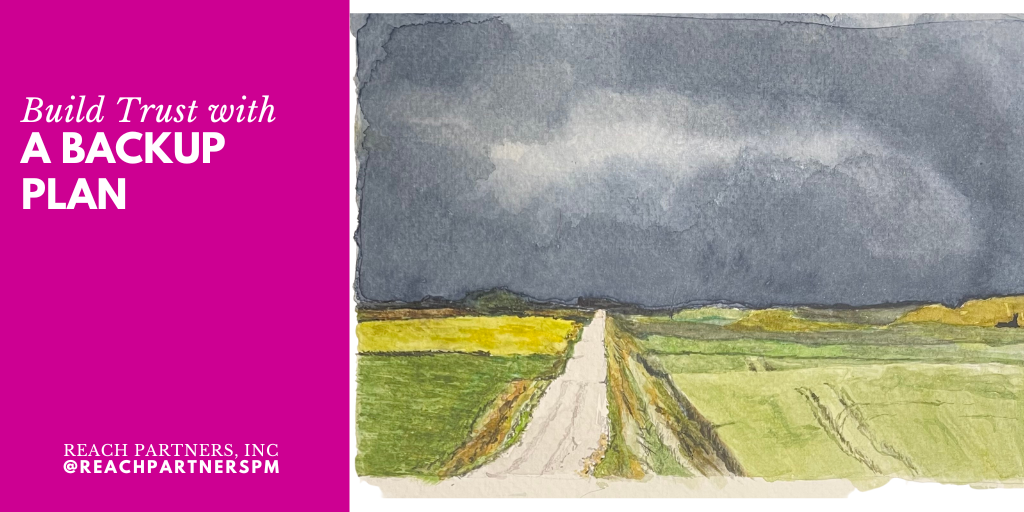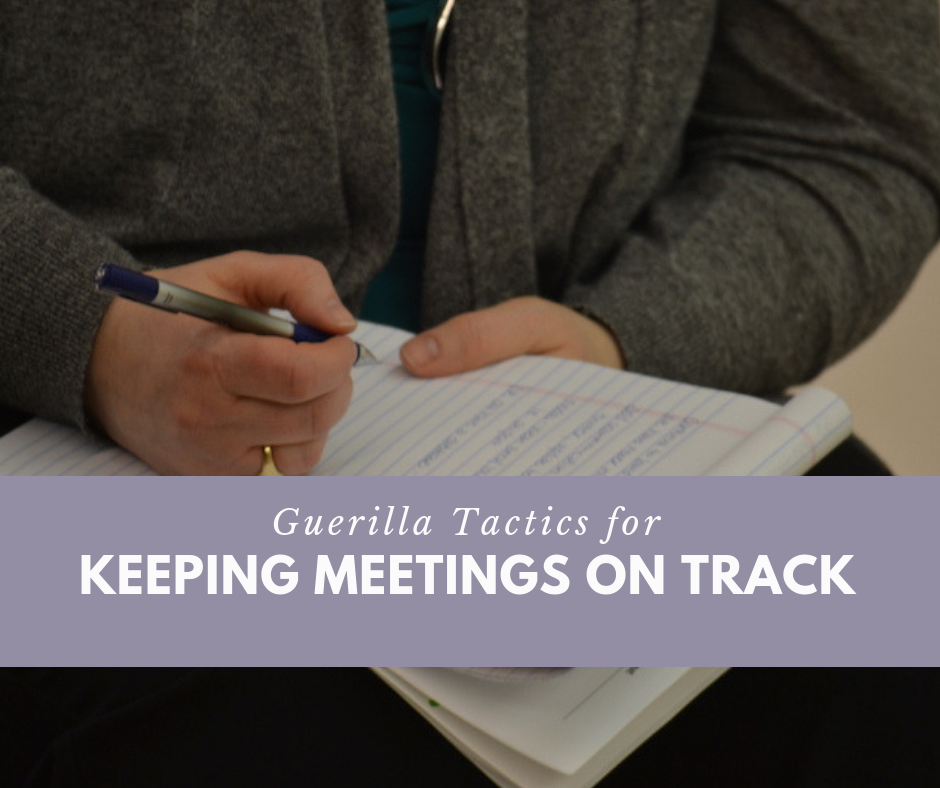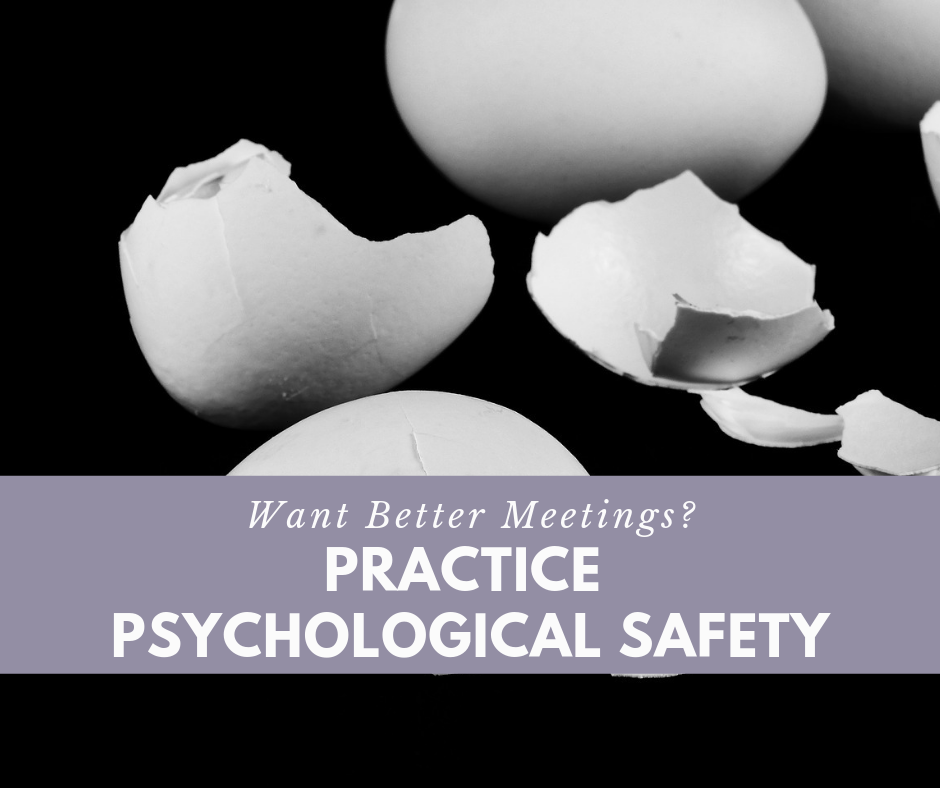|
After completing a post activity report (PAR) for a recent project, Anita and I discussed the wisdom of having a backup plan.
Yes, we complete a PAR for every project, which we talk about more here. But this post is really about dealing with yet another winter storm this long winter, and the plan we created to mitigate the risk of weather. Creating a backup plan extends our strategic approach for achieving our client’s goal, which is our most important goal.
0 Comments
When a team invites Reach Partners to join them, we’re asked to provide focus on a project. Even if the team members work side-by-side each day, they often need help with the pace of the project – the way a project’s progress moves forward.
Different than a timeline or milestones, pacing is about understanding when to pause or slow down and when to speed ahead. Every milestone in a project’s plan deserves its own sense of pace. You’ve probably heard the Chinese proverb: A journey of a thousand miles begins with a single step. Another way to think about it: all big and complex things start with a simple step forward.
In many situations, however, that first step might not be so simple. You likely have your own personal list of to-dos that have been gnawing at you for what seems like forever. For whatever reason, you keep procrastinating and pushing them to the back burner. That tendency is multiplied when you consider projects that require a team or collaborative approach. Maybe you have a list of projects that you want finished, but you never seem to have the time, energy, or organization to move them forward. At Reach Partners we’ve seen projects fail to launch or stall because a successful start was an obstacle. Starting is harder than it looks. Whenever we plan an event, an in-depth meeting, a social gathering, or virtual experience Reach Partners will always argue for the same thing. Every time.
This thing is the most important detail for every planned interaction. It is the life blood of our work and what drives us to do better every day. Most importantly it’s the power, the energy that fuels the work at hand. How do you tap into this energy? How do you make it work for you? Draw the right audience? Craft the right marketing activities? Align stakeholders? Create value? You start by defining purpose. Project managers are good at risk management.
One of the things we do is identify what we can’t control and then find solutions or actions to mitigate these things. Typically, this means we’re thinking through things like potentially bad weather affecting an outdoor event or how to contain a protester at a women’s event. These types of risk management plans are appropriate, necessary, and responsible. And then along came the coronavirus pandemic. We’re not going to lie – this challenges even those of us who spend a lot of time identifying and planning for risks. Once the last event attendee has left and the vendors have packed up, go ahead and put your feet up.
Only for a minute or two, though. The event may be done, but that doesn’t mean the work of an event planner is complete. Every event should include an evaluation or survey that helps you determine whether the event accomplished what you set out to do. Consider evaluations your reality check. They confirm whether you’ve done what you wanted to do and help improve your next event or program. After all, we don’t plan events or programs for ourselves or because we’ve always done it. Events fall flat if the participants didn’t learn anything or didn’t enjoy the day. If you’ve done your homework and established a great strategy, you’ll want to know what participants thought. "Writing is easy: All you do is sit staring at a blank sheet of paper until drops of blood form on your forehead.” – Gene Fowler
Okay, the quotation above contains a bit of hyperbole, but let’s face it: writing can be harder than you expect. Whether you’re drafting a document or creating content for your website, finding the right words and tone can cause the even the bravest to break into a sweat. And then, we complicate things by bringing in the team. Every meeting has the potential to veer into a tangent, to carry its attendees into a deep forest so far from the original path that it’s nearly impossible to find the route home.
It’s easy to blame this on others – those who arrange the agenda, those whose comments lead us astray. But whether we like it or not, we are all accountable for keeping meetings effective. If you’re in charge, the steps you need to take are more obvious. If you’re not officially in charge, there are still things you can do to keep everyone on track. But wait, you say. I’m not the meeting leader. What can I do? A lot, it turns out. With a 150th anniversary approaching, leaders in Otter Tail County knew they had a once-in-a lifetime opportunity to celebrate the region’s history and culture. People were excited and passionate about getting involved in the milestone event, but that enthusiasm came with a price tag.
“The more ideas there were, the more opportunities there were for things to get chaotic,” says Nick Leonard, communications and external relations director for the county. Key stakeholders including the Otter Tail County Historical Society and the Otter Tail Lakes County Association established a planning committee for the sesquicentennial, but the group needed someone to serve as a single point person for communication and project management. Reach Partners stepped in, helping with event strategy and support. Have you ever stepped into a meeting and experienced that “walking on eggshells” feeling? Like you’ve missed the joke, and no one is going to share it with you? Have you been in a meeting where you were afraid to tell the truth, bring up the hard facts, or provide constructive feedback?
The fact is, good meetings are a symptom of great teams. |
Reach PartnersYour partners in leadership. Categories
All
Archives
July 2024
|
|
|
Reach Partners, Inc
3330 Fiechtner Dr. Suite 100 Fargo, ND 58103-2321 701-271-8170 Copyright (C) 2024 Reach Partners Inc.
|










